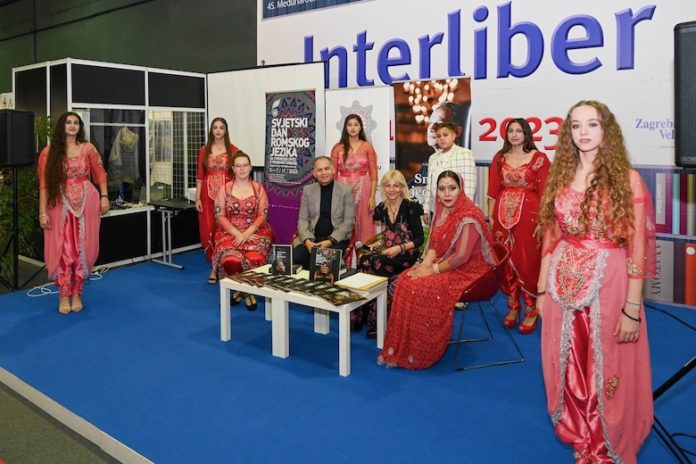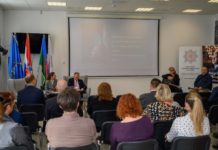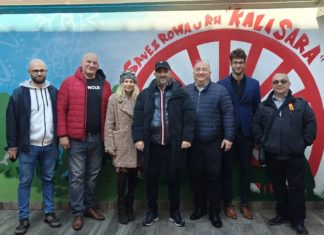This year’s 45th Interliber fully justified the description of the largest and most important international book fair in Croatia with the number and literary scope of exhibitors and the number of visitors who came from all over Croatia. For the third year in a row, the Croatian Romani Union “KALI SARA” had its stand, presenting to the Croatian readership a rich publishing output consisting of anthologies on Roma national holidays – International Romani Day, World Day of Romani Language, and Samudaripen, as well as other significant events such as the Roma Youth Congresses, Summer schools of Walking through the Past, cultural and artistic events and exhibitions, Museums’ Night and World Day for Cultural Diversity for Dialogue and Development, as well as implemented educational programs, such as ”Dođi u REKC!” (op. prev. “Come to REKC!”) and ”Živa knjižnica” (op. prev. “Live Library”). The opus of professional literature includes, among other things, Romani-Croatian and Croatian-Romani dictionaries by authors Veljko Kajtazi, Ljatif Demir, and Dijana Vlatković, Gramatika romskog jezika (op. prev. Grammar of the Romani language) and a proceedings of scientific articles Roma as an Indian diaspora – Unbreakable ties. The special attention of the visitors was attracted by the literary works of Romanipe – From Shadow into Light, a collection of narrative-journalistic stories and Dreams of a Romani, the autobiography of Veljko Kajtazi, as well as the magazine Phralipen, which has been published continuously since 2017, with 27 editions so far.
During the special presentation of the English edition of the book Dreams of a Romani and the exhibition catalogue Nakit – romsko obiteljsko blago visitors could listen to a conversation with the author Veljko Kajtazi and young Romani women Anesa Šabani and Talita Jašarevski, as well as attend a fashion show of traditional Roma jewelry and costumes. With the program, the Croatian Romani Union “KALI SARA” additionally drew attention to the participation of Roma in the construction of civil and multicultural Croatian society. Dressed in indigenous national costumes, the Indian sari as part of the Indian heritage, the ancestral homeland of the Roma, and the costume with dimia and richly decorated waistcoat characteristic of the Roma community of Macedonia and Kosovo, the panel participants talked about traditional dressing and decorating on the occasion of holidays and family celebrations, the symbolism of the color red on bracelets, belts, and scarves, and the modernization of traditional rituals and pride in one’s origin. Veljko Kajtazi spoke about the role of women in the Roma family, the knowledge and understanding of Roma culture and customs by the non-Roma population, stereotypes, and prejudices, as well as ethnic mimicry amongst Roma and the fear of publicly expressing one’s national identity.
The program ended with the performance of two traditional Roma dances choreographed by Velij Huseini, head of the cultural and artistic group that operates within the Roma Association of Istria, one of the oldest established Roma organizations in Croatia, attended by seven generations of traditional Roma dancers.












